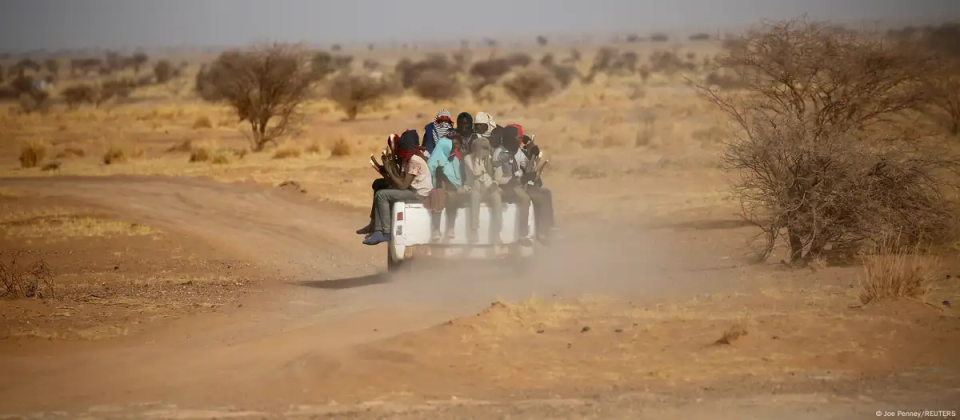NEWS & POLITICS
Human trafficking is still ravaging lives across the globe
Today is World Day Against Trafficking in Persons. The kidnapping and subsequent release of Ewane Roland Ekeh, a Nigerian Idabato Sub-Divisional officer, after six months of captivity, is an example of one of the most horrifying kidnapping incidents in the West African country.

Ewane was abducted by pirates at gunpoint on the night of October 1st, 2024, and remained in captivity until his release on March 18th, 2025. His ordeal is one of countless cases of kidnapping and human trafficking occurring globally.
Detained for five months in an undisclosed location, Ewane was denied adequate food and medical care. His disappearance, linked to his official duties, sparked widespread concern and speculation about his fate, with rumors of his death prompting urgent appeals from his family to the authorities. When finally released, he appeared visibly frail and emaciated.
A widespread African crisis
In Africa, kidnappings and human trafficking are linked to activities of non-state armed groups, insurgency, and banditry, especially in unstable countries.
According to the United Nations Office on Drugs and Crime (UNODC), children represented more than 75% of trafficked victims from West Africa.
The body further revealed that trafficking remains one of the most lucrative criminal markets globally.
Why world day against trafficking in Persons is important
Today, July 30th, is a day that recognizes the urgent need to address human trafficking, a grave violation of human rights. The United Nations established World Day Against Trafficking in Persons on December 18th, 2013. The day aims to raise awareness, advocate for the protection of trafficking victims, and mobilize governments, organizations, and individuals to take decisive action against human trafficking.

Image: Joe Penney/REUTERS
Latest human trafficking tactics
Traffickers continue to evolve their methods, exploiting both technology and vulnerable conditions. Some of the most common tactics today include:
• "Romeo" or "Loverboy" Tactics: A trafficker gains the trust and affection of a young person (especially girls) only to later manipulate or abduct them.
• Familial Trafficking: Older family members exploit younger relatives, taking advantage of power dynamics and age imbalances.
• Fake Job Offers: Victims are lured through fraudulent online job interviews, often taken abroad under pretenses and then held against their will. A recent case involved thousands of African job seekers trafficked to camps in Myanmar and forced into online scams.
• Use of Social Media and Online Platforms: Traffickers increasingly use platforms like dating apps and social media to lure individuals into fake relationships or job opportunities.
• Exploitation During Migration: Migrants, already in vulnerable positions, are targeted by traffickers along dangerous transit routes, particularly across the Mediterranean and Atlantic.
Why combating it remains a challenge
According to several police reports, traffickers use common vulnerabilities such as homelessness, substance use, lack of education, and mental health challenges.
UNODC's report states that in up to 50% of cases, the trafficker is known to the victim, often a relative or community member.
Efforts to combat trafficking are further complicated by:
• The hidden nature of the crime
• Victims' fear or inability to report abuse
• Cross-border legal loopholes
• The sophistication of trafficking networks
We all have a role to play
On this World Day Against Trafficking in Persons, we're reminded that every statistic represents a life disrupted—or lost. From children targeted online to job seekers trapped by fake offers, traffickers are constantly evolving. So must we.
Support anti-trafficking efforts, stay informed, and remain alert—especially online.
Ending human trafficking starts with awareness—and the courage not to look away.


